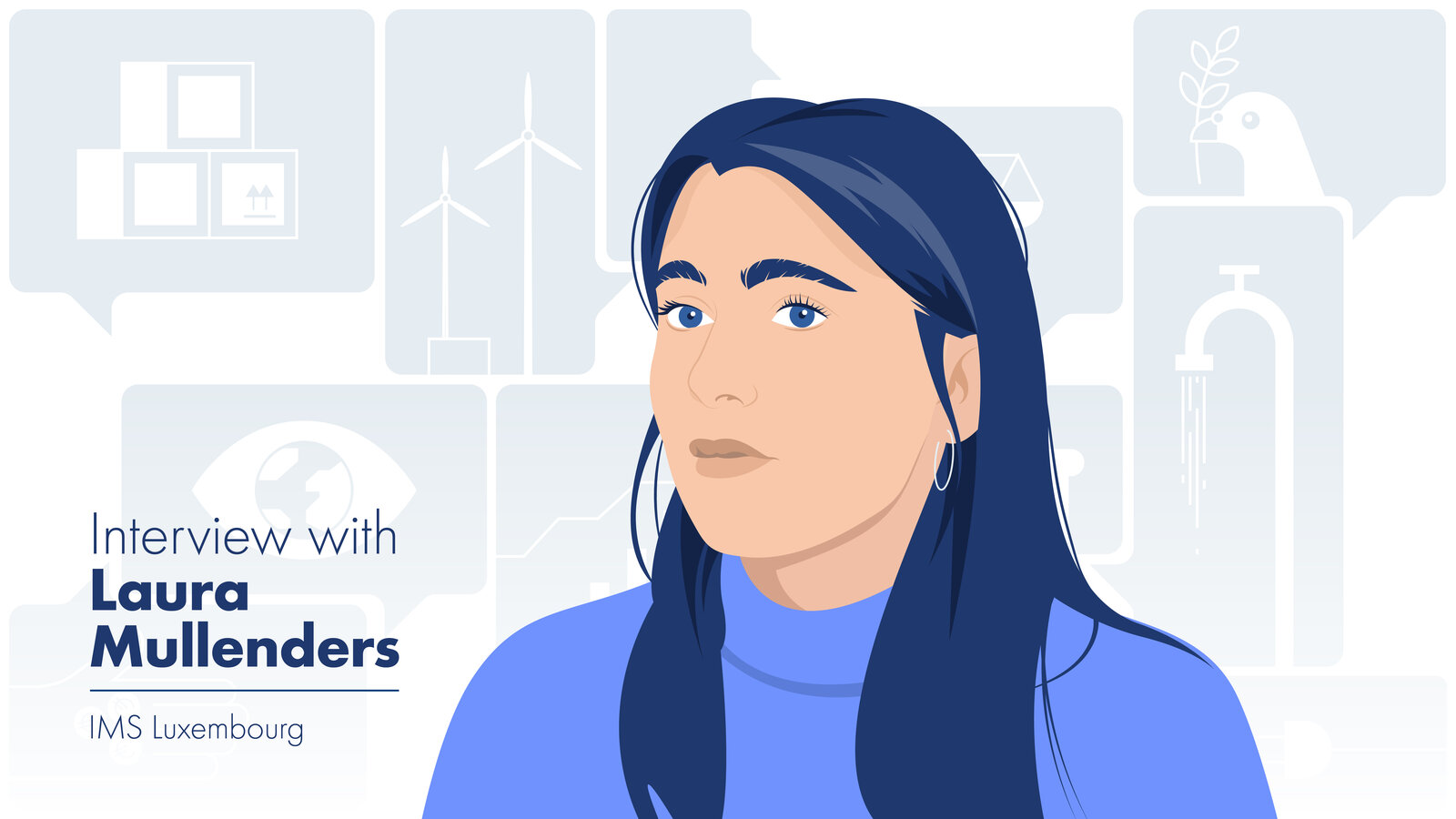Sustainable mobility and what it means for…
Sustainable mobility offers significant benefits and challenges for organisations. Strategic approaches are essential to reduce emissions and promote greener…

The causes of plastic pollution in our oceans are multiple, complex and interconnected. There is fishing, leading to many nets abandoned in the ocean. There is also our waste discarded along the coastline and, once collected and sorted, often sent overseas. Over there, our waste may be recycled, but it can also end up in open-air landfill sites where it will stagnate in the sun emiting methane, contaminating our groundwater, carried by the wind towards natural areas and the ocean. Even in the Arctic, we find plastic debris. And on the coasts of Sian Ka’an, one of the largest protected nature reserves in Mexico (and a UNESCO World Heritage Site), Alejandro Durán has found waste from 58 different countries and 6 continents, proving that waste knows no borders, and that our behaviour impacts the other side of the planet.. We are dealing with a real problem.
Currently, the equivalent of one truckload of waste is dumped in the ocean every minute. If we carry on at this rate, experts estimate that in 30 years, the sea will contain more plastic matter than fish. If we remain passive, the situation will continue to get worse, as the world population is growing ever faster, and with it, consumption and waste. For a little while now, various stakeholders have been working to improve these prospects. However, it is essential that we take action. This means overhauling production methods, consumption habits and our attitude to resources. Currently, the linear economy model is still very prevalent in our society; single-use products are the norm and recycling is considered the solution. We must shift towards a circular economy and concepts like reuse are vital if we want to reduce waste.
Over time, plastic releases toxic substances and decomposes into tiny particles that finds its way into the air that we breathe, the food that we eat and the water that we drink. Our daily contact with these microplastics and chemicals has become so extensive that babies are now born with these substances in their bodies. In addition to the potential risks to our health, plastic pollution also impacts our well-being. On the economic front, the phenomenon threatens a number of industries and professions, such as fishing and tourism.
Plastic is a material designed to last forever, but 33% of the total production is based on single use. With the Zero Single-Use Plastic Manifesto, IMS wanted to ask its members: "Do we really need these ultra-disposable items? Together, we can switch to more sustainable alternatives.". It was a success: around twenty companies got involved in the initiative . The campaign started in September 2018 and we finished the project in December 2020 with 74 signatories -representing around 40.000 employees, or 9,13% of total payroll in Luxembourg. Today, we are still engaged to drive our REUSE project with the aim to share the lessons learned from the Manifesto and to inspire other companies to switch to single-use plastic in their day-to-day business activities. To do this, we are organising handover workshops, while our transition kit, containing over 40 alternatives to around 10 single-use plastic items, has been made available to all. An important aspect of the REUSE project is to promote the shift from single use to repeated use or at least reasoned use of resources. We will soon open negotiations between the group and its suppliers and launch working groups on packaging.
Though Luxembourg is farther from the coast, we are affected by the extensive plastic pollution. In 2015, the Environment Agency estimated that, each year, 103 kg of waste per kilometre is found along major roads, and 216 kg along motorways. More than two thirds of this waste are plastic bottles, cans and other packaging. This waste pollutes our groundwater, which can end up in the water we drink. For instance, plastic fibres are detected in 93% of bottled water, with an average of 325 particles per litre.
1. Take an interest in sorting waste. There are many ways of getting informed and educating your friends, family and colleagues about this subject, and often there are new things to learn. For example, not all plastic packaging is equally recyclable, so when plastic packaging is unavoidable, you should opt for reusable solutions;
2. Make informed choices and sustainable purchases. There are many tools to help in this regard, too;
3. Choose products designed for repeated use through repairing them, sharing them or giving them a second life by donating, selling or swapping the items you no longer want;
4. Contribute to initiatives around you;
5. Set a good example through simple everyday actions such as picking up rubbish you see in the street or carrying a reusable bottle, bag or set of cutlery with you, etc.
These habits can inspire people around us to follow suit.
About the blog:
There is an urgent need for rapid transition to Global Environmental Sustainability. Thanks to changemakers, progress is possible. "Why does it matter?" is a bi-monthly series that takes a quick look at the forefront of today's trends around sustainability. From May 2021 on, we aim to elucidate this important topic through the eyes of our experts.
Your contribution counts too! From June on, don't miss out our experts' practical tips for your daily life.